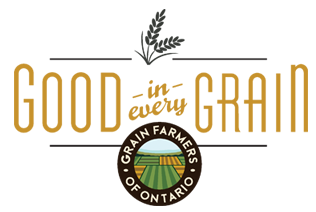STEMterprise Grade 3 French Immersion – Peterborough – Edmison Heights P.S.
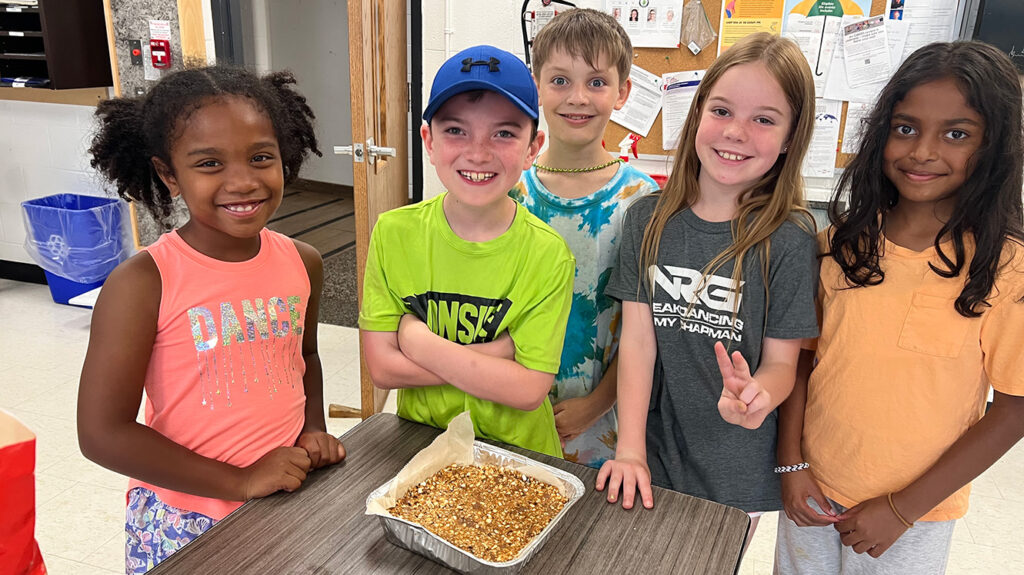
Introduction
My name is Mandy Dufresne, and I teach at Edmison Heights Public School in Peterborough, Ontario (KPRDSB). I have been teaching for 11 years, and this is my fourth year teaching grade 3 French immersion. I worked on the STEMterprise project with my grade 3 French students. This is my second year working on this project, but first year completing it in French.
Implementation
I chose to introduce the STEMterprise project to my students because a colleague had shared the English version with me last school year, and I found the project very interesting and a different approach to connecting the Ontario curriculum. What attracted me to this project this year was the French version. Any French immersion teacher will agree that we are limited on free French resources that are authentic and engaging for our students.
This project layout is detailed and resourceful, with multiple entry points for any classroom teacher and students. Throughout this project, I observed different skills from my students that I may not have otherwise noticed. As you progress through the project, you have the choice to omit some activities and lessons. I recommend working through the entire project with your students.
Timeline-wise, it takes about a whole term to complete. Last year, I had some reservations about the project. I wasn’t sure that I would be able to cover the curriculum and complete the project in its entirety. What I learned is that this project provides ample curriculum connections and hands-on learning through each stage, which is a much more engaging approach than anything I’ve ever taught in my grade 3 classroom.
Student engagement
From the first stage, students were so excited to meet their groups and sign their pledge. I recommend groups no larger than 4-5 students. As we worked through the stages, I quickly realized that each group would need a folder to keep their information organized. Once the groups had designed a logo, I printed it and put it on the front of their folders.
We did the taste testing, which is always a big hit. I recommend cutting the bars into small pieces for tasting. For a class of 18, I was able to use 2-3 bars from each brand of granola bars we tasted. I tried to find a variety of flavours and shapes (such as the Made Good granola bites) to offer some examples of what they could choose to do with them. This lesson kick-started the brainstorming process for what their brand will be.
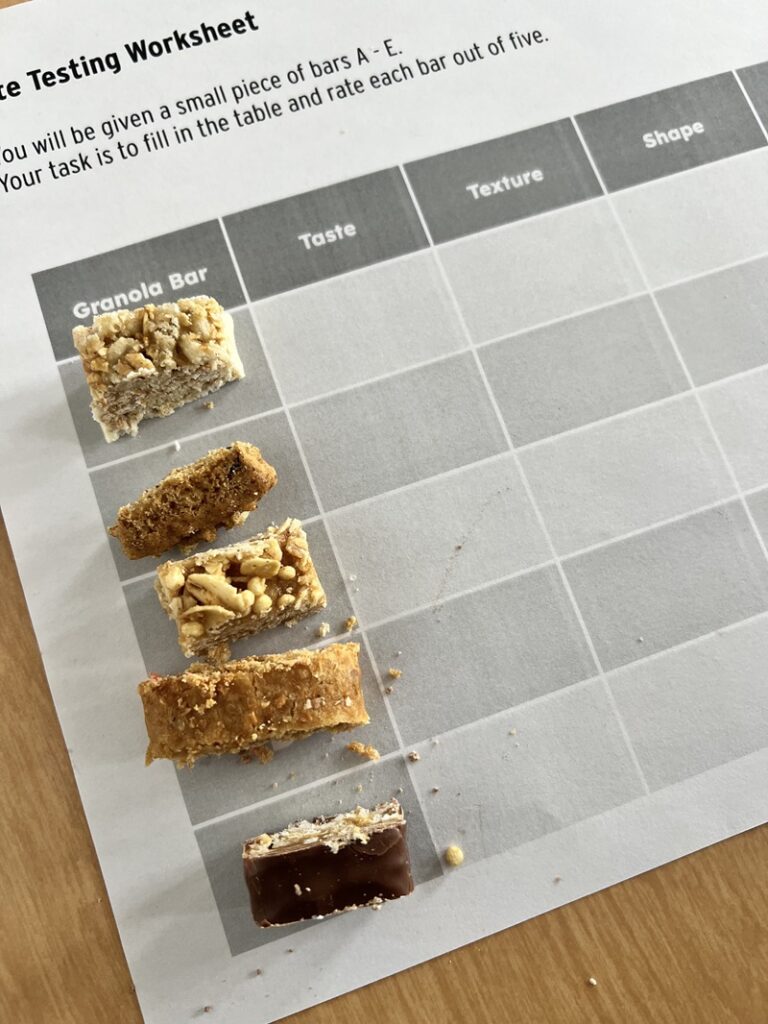
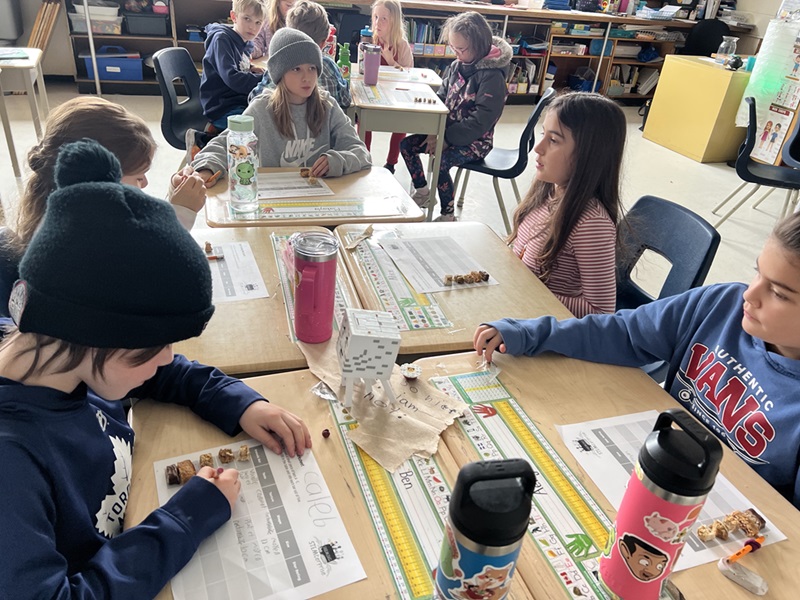
Another key learning point for this group was creating the logo. We used the Canva app on classroom iPads (as educators, we have access to free pro profiles of Canva, which I highly recommend using). Some students were already familiar with the app, so they were our experts.
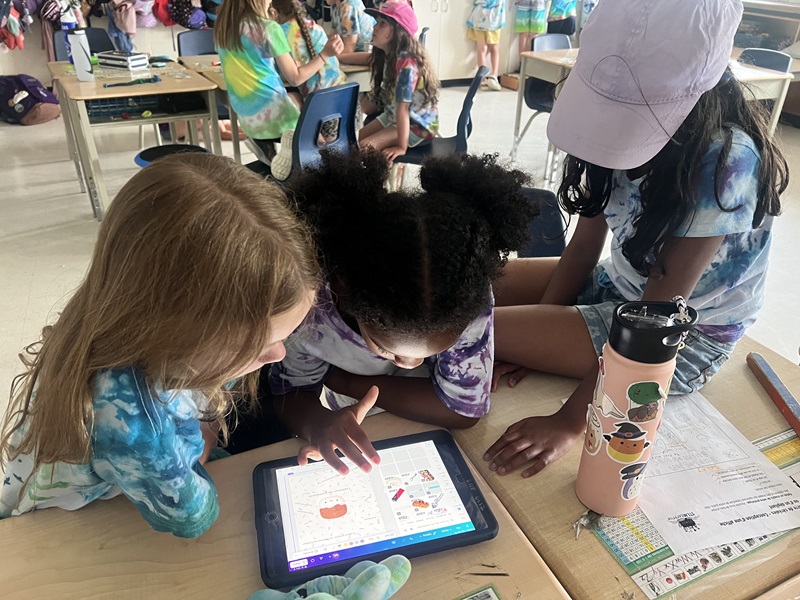
There were plenty of soil activities to do. We tested soil health in our schoolyard, and with those soil samples, we included the ribbon tests and soil composition experiments in our learning.
I was able to add a “This or that” Google Slides activity where, as a whole group, we chose our ingredients for our base recipe. We did our best to choose local ingredients that were within our budget.

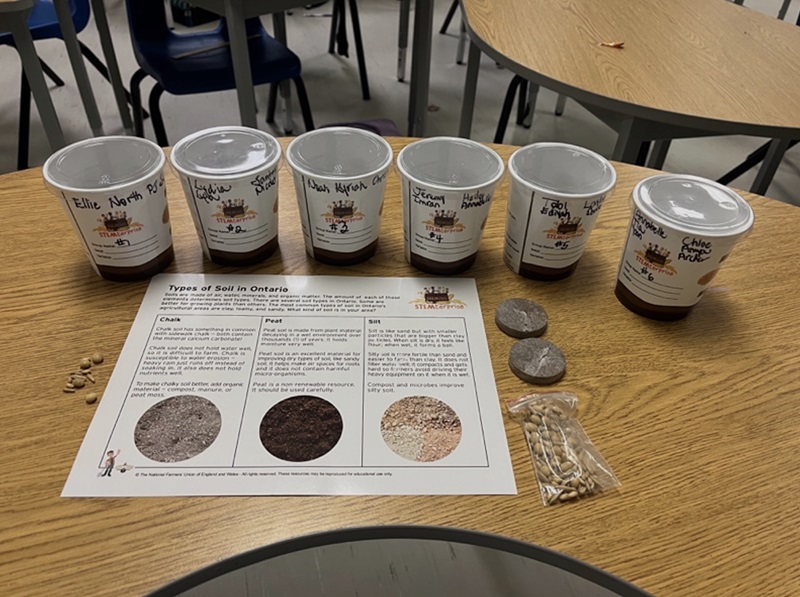
Wrapping things up
For Stage 7, each group was given a tri-fold poster board, some basic information to be in their presentations, and then they were given creative freedom to create their presentations. I loved watching the projects come together in this final stage. The students worked productively to finish their final product. This project is a great opportunity for students to enhance their learning skills. Specifically, their collaboration and communication skills. Collaboration and communication are key skills, and some students learned through this project that they should practice mindful listening while working with others.
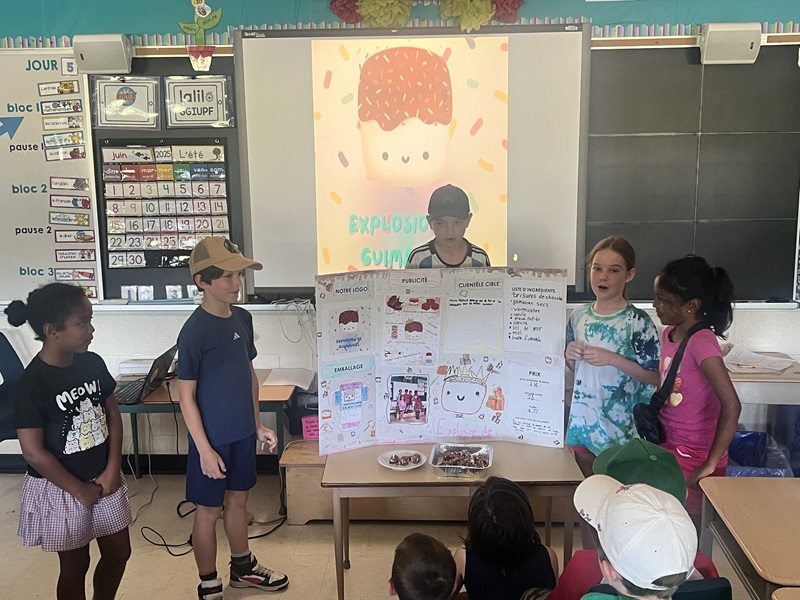
Media literacy
It should be noted that in French immersion, we don’t cover media literacy (unless you teach your English language curriculum), so I thought that would be a challenge. I enjoyed doing it on my own, and I was able to complete it in French. Next year, I will be partnering with our classroom English teacher to have them work on the publicity portion of STEMterprise.
Parent feedback
I have only received positive feedback from my classroom parents. Parents are saying their child is excited, engaged, and that they’re “having a blast”. Parents have also appreciated my project updates from time to time, and I take lots of photos to share with them on our classroom online platform. Students have consistently been invested and excited throughout this project and have loved every step.
What I’ve learned
Coming from a northern community, where farming isn’t a primary industry, grain farming and anything grain-related were very new to me. I have learned immensely from this experience and feel more confident teaching about grains in Ontario. I also want to add that teachers should realize it’s all right to substitute or add in other resources where they may feel they need to, but this project is more than plenty. I love the multi-curriculum connections in this project. Truly incredible work, and I’m so thankful that this is shared with us educators.
Quick tips
- Keep a folder for each group. Once the groups created their logos, I printed them and placed them on the front of the folders.
- Some student worksheets from the lessons (i.e., ‘Stratégie de marketing pour les barres de céréales’ (From Stage 2 -Lesson 2) ) can be printed on larger printer paper (11×17) so that there’s more space for students to write.
- I kept a teacher binder for STEMterprise to have a printed version of each lesson, as well as any extra printables or notes I had.
- Read ahead and see what each stage and lesson involves. Doing this gives you a better idea of what’s to come and where the project is going. I would also check some of the shared links to make sure they’re working before teaching the lessons. I liked having the videos ready in a separate tab before teaching.
- To create their granola bar ‘wrappers’, I printed a net of a rectangular prism for them to design. I then photocopied some onto cardstock to make them.
- Some slides from the presentation are great visuals for the classroom bulletin boards. We printed the grain posters from Stage 3 – Lesson 1.
- Dehydrated strawberries and mangos can be found inexpensively at Dollarama, and dehydrated mini marshmallows at Walmart with the ice-cream fixings. I thank my students for that tip!
